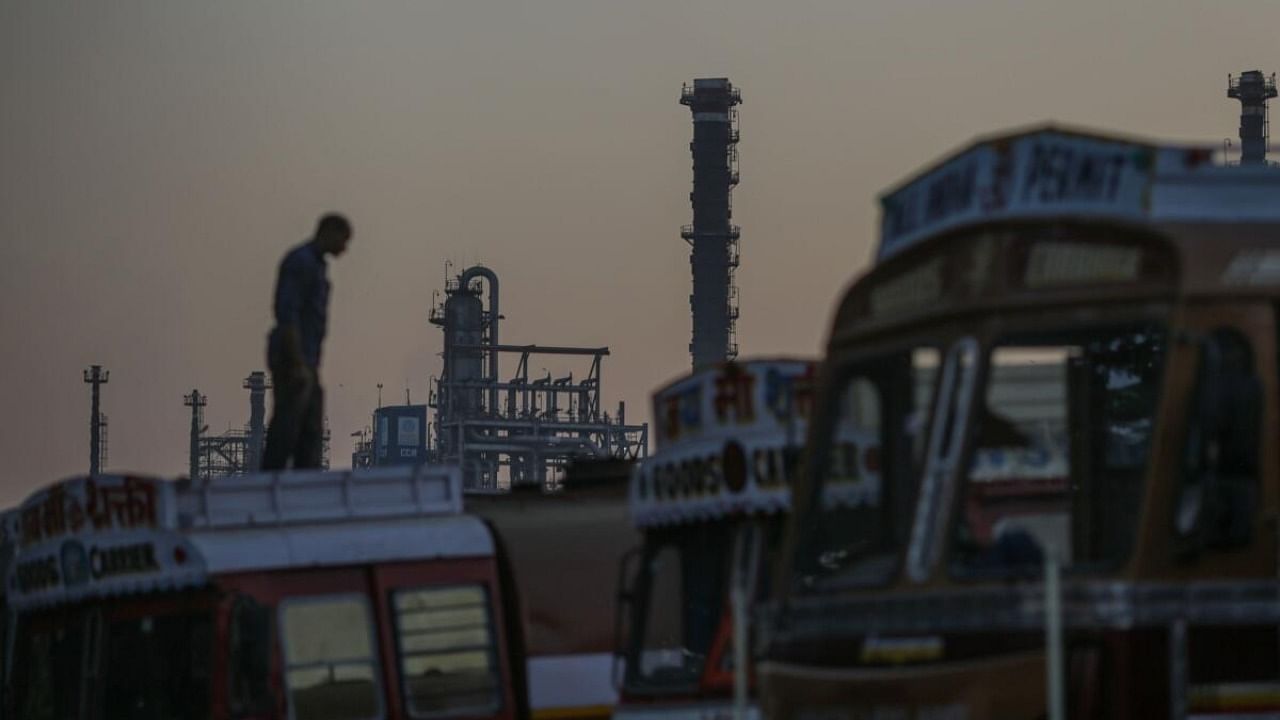
Union Road Transport and Highways Minister Nitin Gadkari, on Tuesday, announced that automobile manufacturers will soon have to install air conditioners (AC) inside truck driver cabins.
Speaking at an event in New Delhi, the minister said he had signed the file that would mandate air conditioning in truck driver compartments.
Acknowledging the struggle of truck drivers during harsh weather conditions, Gadkari said, “Our drivers operate vehicles in harsh temperatures as high as 43-47 degrees, the condition of drivers is very bad. I was keen to introduce the AC cabin after I became a minister. But some people opposed it saying the cost of trucks will go up”
Not just this, Gadkari also pointed out the shortage of drivers in India, which leads truckers to operate 14-16 hours a day. “In other countries, there is a restriction on the number of hours a trucker can be on duty,” he said. The rollout of AC-fitted trucks is likely to start in 2025.
Also Read | Switch to public transport
According to industry leaders, while the productivity and quality of life of the drivers would increase with AC installation, complying with the government’s directive will add to the overheads of truck operators in the short term.
Commercial vehicle (truck) prices could go up between 1-2% with the installation of AC inside driver cabins of trucks. In addition, truck operators will have to reconfigure their existing fleet, experts said.
“As per an initial estimate, truck owners may have to invest Rs 10,000-20,000 to upgrade the driver cabin to meet the government mandate,” Anshuman Singh, chairman and managing director of Stellar Value Chain Solutions Pvt Ltd told DH. Himanshu Singhal, Head of Business Development Marketing and Sales at CABT Logistics pegged this amount to be between Rs 20,000-30,000 quoting official reference.
Minimising the cost of retrofitting air conditioning systems in existing stock waiting to be sold will be a significant challenge for the manufacturers. But what is a bigger concern than manufacturing cost is the significant uptick in the cost of running the trucks.
“About 60% of the monthly cost of a truck operator is only fuel cost. With the installation of ACs, the fuel cost is expected to go up by at least 10%,” said Venu Kondur, the founder and chief executive of a tech truck aggregator Lobb Logistics, adding that this would add to the cost of freight and will be passed on to the end customers.
“Truck idling and significantly reduced mileage are the two major problems that come with the installation of AC, and they significantly add to the overall logistics cost,” Singhal added.
Industry players also seek government incentives, which will push for faster adoption of the mandate.
There are also many foreseeable changes in truck specifications, such as cabin design, insulation and ventilation, that truck manufacturers may need to consider due to this mandate.
“Original equipment manufacturers (OEMs) of all ranges (large and small) will have to invest significantly in research and development (R&D) for the latest designs. This will also mean a significant time commitment of at least a year and a half before manufacturing new trucks,” said Vishal Jain, Co-Founder, Roadcast, a logistics automation platform.
Experts opined many market opportunities may arise from this regulation, particularly for companies specialising in air conditioning systems or retrofitting existing trucks.
“Technologies such as fuel sensors, AC usage trackers etc which are currently utilised only in cabs (by cab operators) will become more prevalent for this industry too, giving a push to technology companies offering these solutions,” Jain added.
“It does call for some smart and cost-effective solutions from the truck manufacturers and OEMs, now is the right time to make these changes,” noted Vineet Agarwal, MD of Transport Corporation of India.
The move is also expected to address the truck driver supply gap in the industry, promoting its overall growth.
“The trucking industry in India has been struggling to have drivers due to the callous working conditions, especially in the long haul,” said Rahul Pillai, founder and CEO of Hybrid Shifting (HSSIPL) and logistics expert. ”Even many existing drivers chose alternative careers but this new initiative will certainly help in improving their work conditions and giving them a more comfortable drive enabling more people to look at this as a career as well,” he added.
According to the credit rating agency (ICRA), the CV industry is expected to grow by 7-8% in FY24 supported by the steady macroeconomic environment and healthy demand from the mining, construction, and infrastructure sectors.